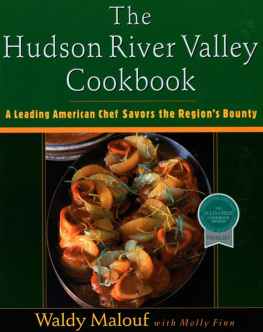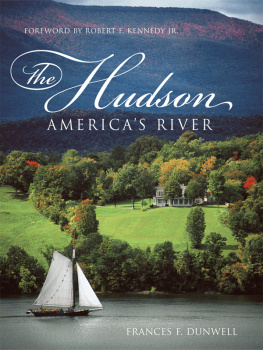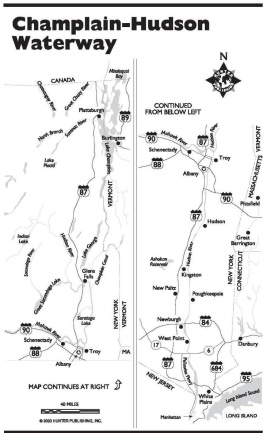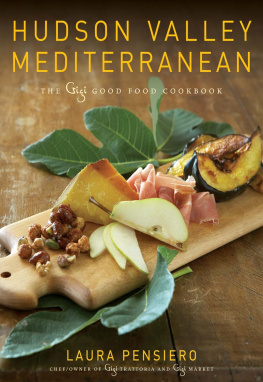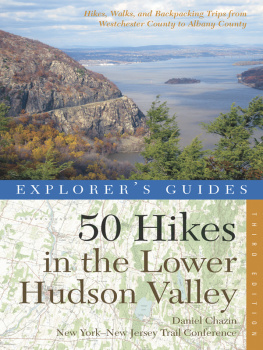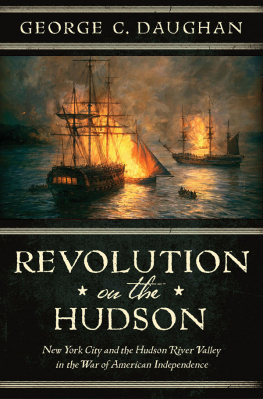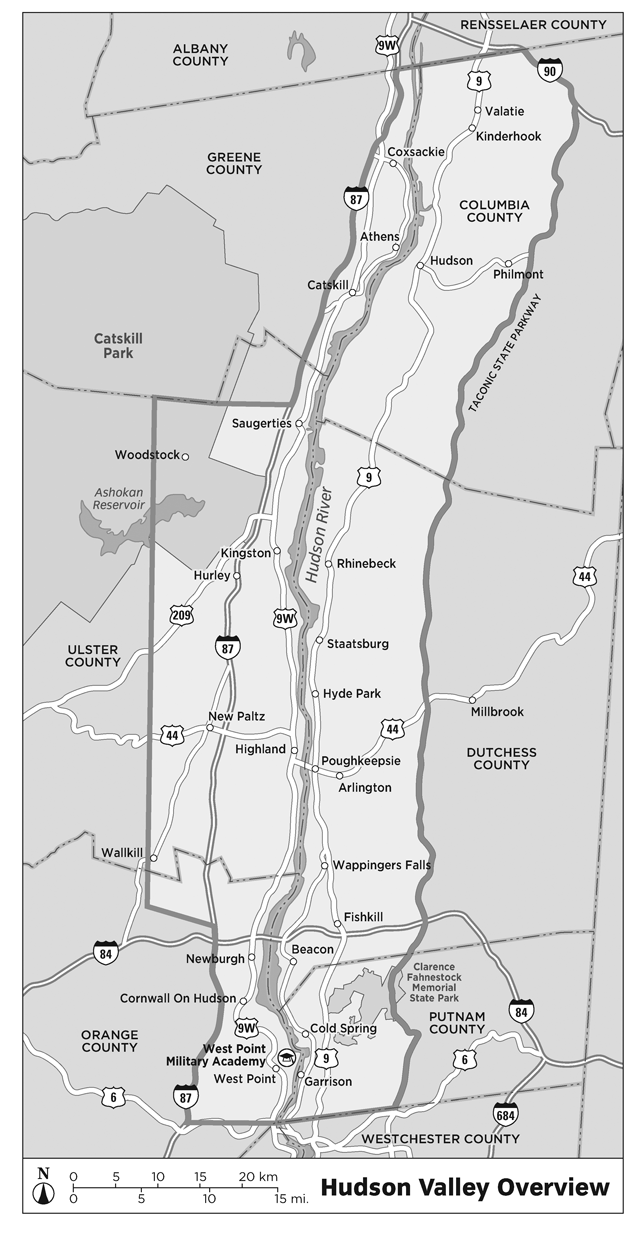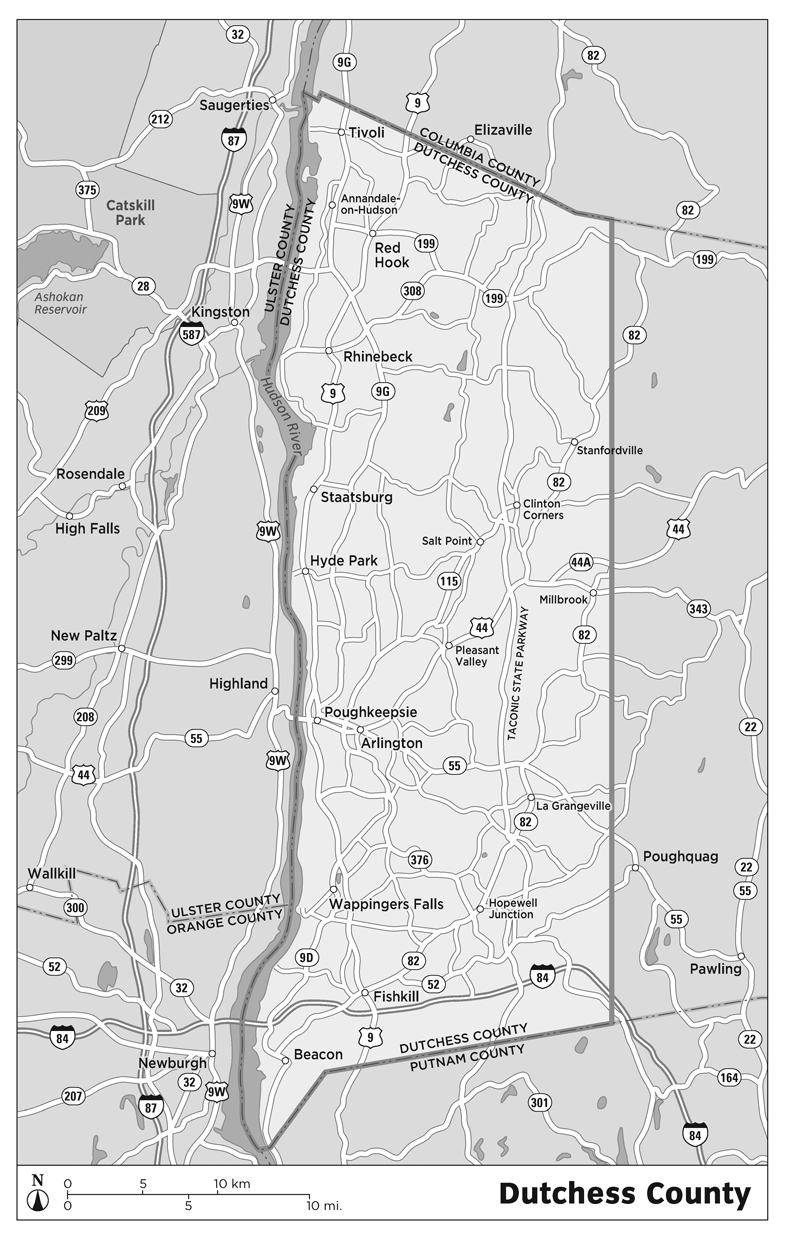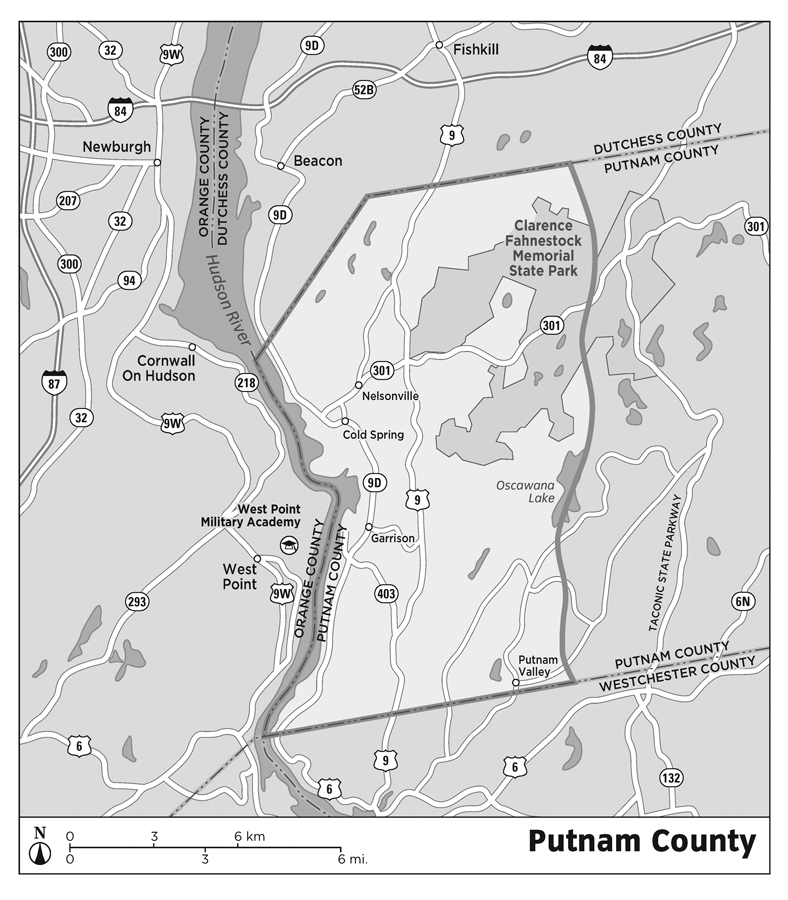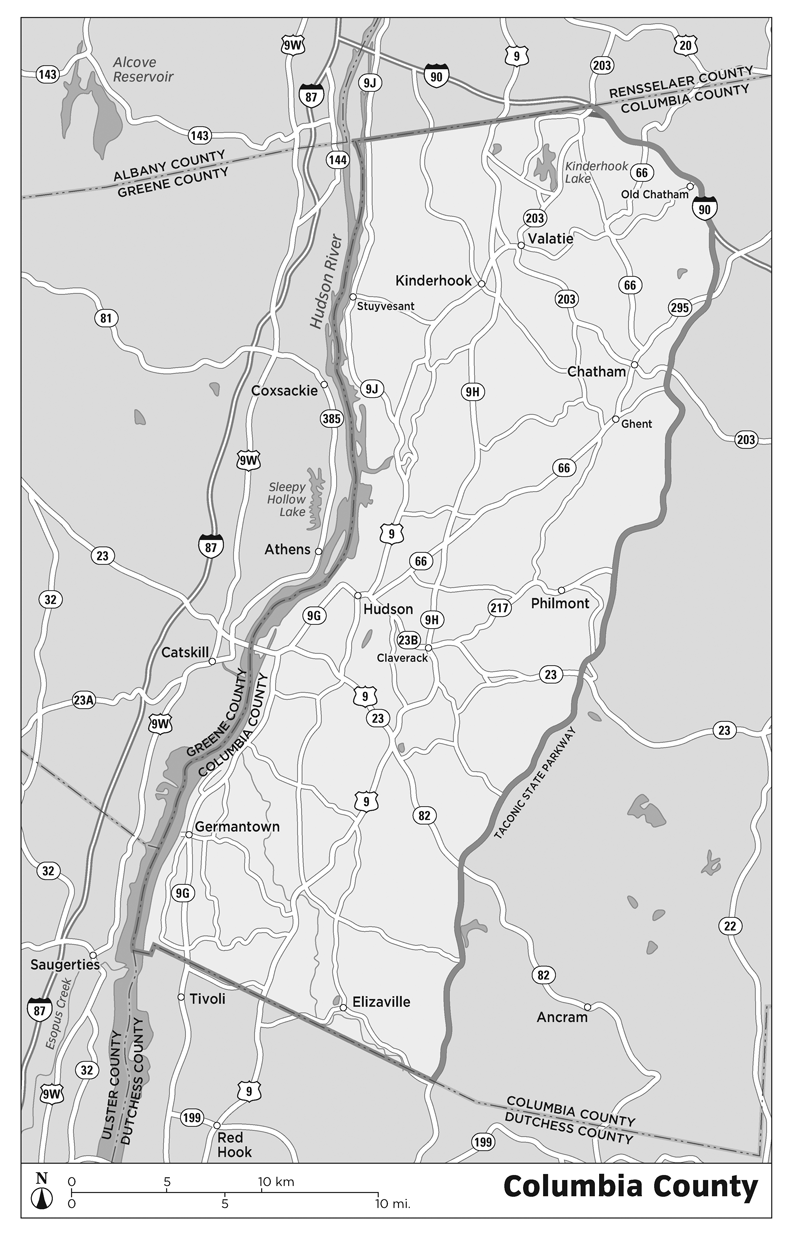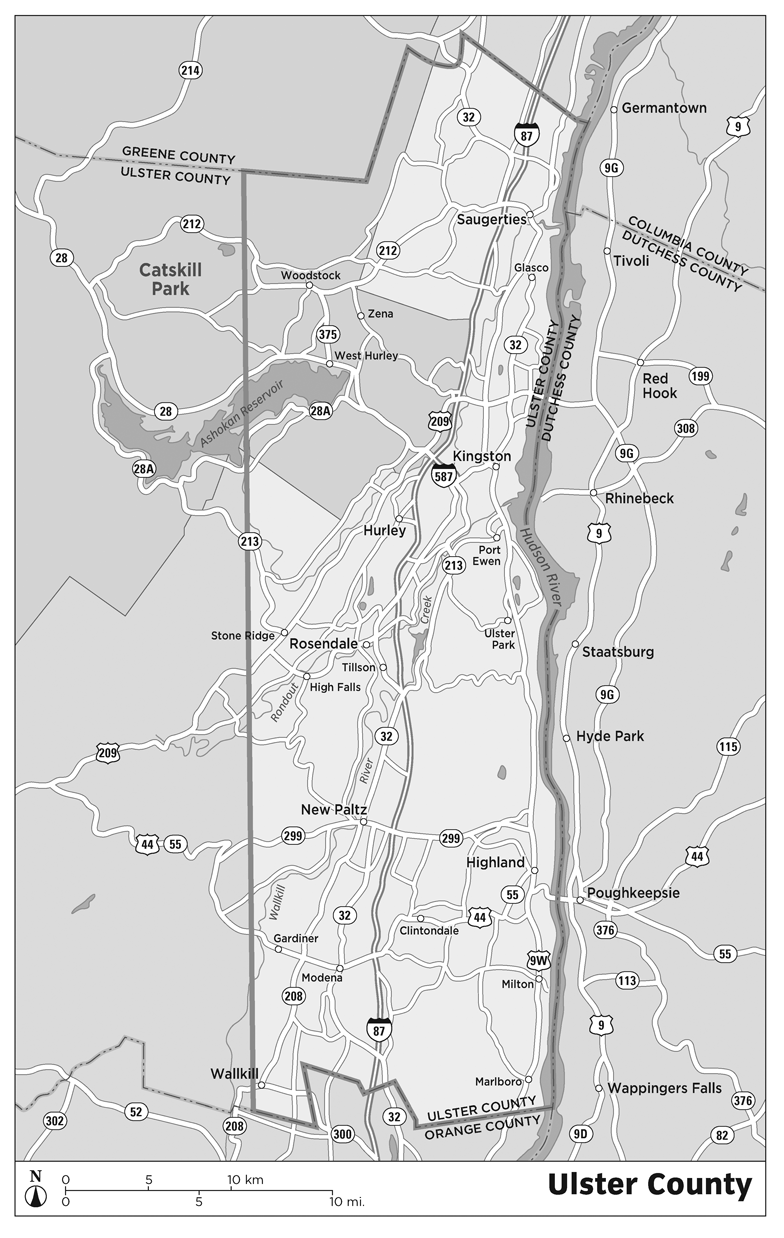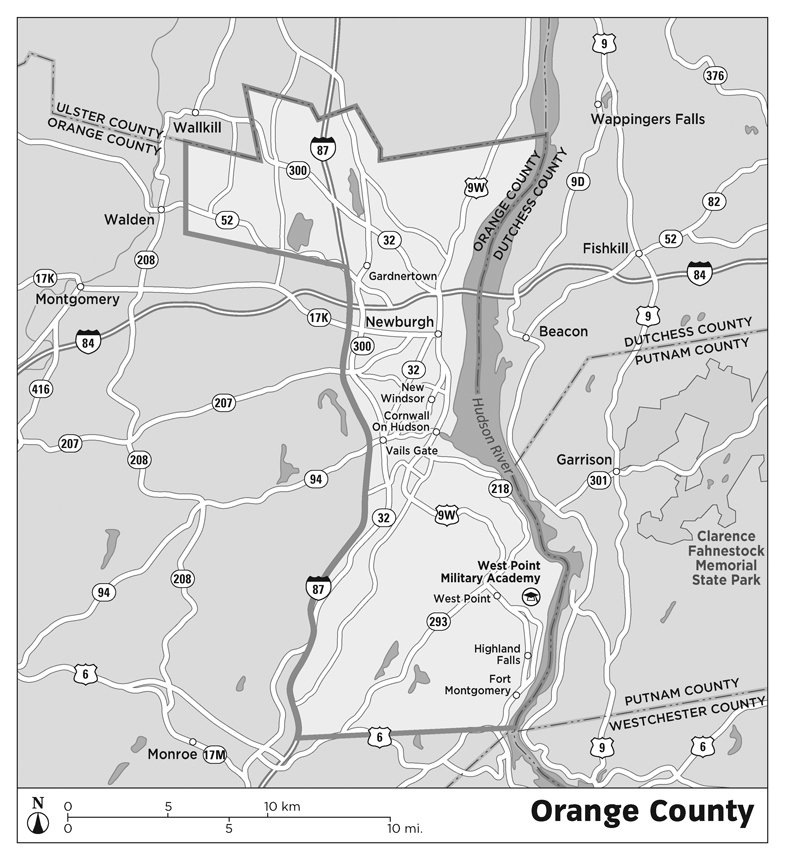The prices and rates in this guidebook were confirmed at press time. We recommend, however, that you call establishments before traveling to obtain current information.
INSIDERS GUIDE
Copyright 2009 Morris Book Publishing, LLC
ALL RIGHTS RESERVED. No part of this book may be reproduced or transmitted in any form by any means, electronic or mechanical, including photocopying and recording, or by any information storage and retrieval system, except as may be expressly permitted in writing from the publisher. Requests for permission should be addressed to The Globe Pequot Press, Attn: Rights and Permissions Department, P.O. Box 480, Guilford, CT 06437.
Insiders Guide is a registered trademark of Morris Book Publishing, LLC.
Project manager: Ellen Urban
Interior design: Sheryl Kober
Maps: XNR Productions, Inc. Morris Book Publishing, LLC
Layout: Maggie Peterson
ISBN 978-0-7627-4438-1
Printed in the United States of America
10 9 8 7 6 5 4 3 2 1
PREFACE
The midHudson River Valley has been my home for more than twenty years. In all that time, the beauty and vitality of the region have never ceased to impress me. And even after more than twenty years of exploring the area, there are always new things to see, do, and especially in recent years, eat.
Although the region has faced issues of overdevelopment and creeping sprawl, it has retained its unique character, a mixture of sophistication and country charm. Here in the midHudson Valley, an outstanding restaurant or interesting new art gallery might be on the revitalized waterfront of a large city, or it might be in a small town at the end of a scenic country road. The vibrant mix of small towns and cities, high-tech industry and agriculture, antiques shops and cutting-edge galleries, makes the midHudson Valley endlessly interesting. The region boasts a lively arts scene, an outstanding array of great restaurants, shopping that goes way beyond big-box stores, a rich and well-preserved history, and scenery that is unsurpassed.
In 1609, when Henry Hudson sailed up the broad tidal river that led north from New York bay, he saw a landscape that was spectacularly beautiful and richly productive. The heavily wooded region was home to Native Americans who drew on the teeming river for fish; hunted deer; cultivated corn, beans, and tobacco; and developed a sophisticated culture based on woodland products. Hudson said of the country he saw that autumn, The land is the finest for cultivation that I ever in my life set foot upon, and it also abounds in trees of every description.
Hudson was seeking the fabled Northwest Passage, and when the river near present-day Albany became too narrow and shallow to sail any further, he turned back in disappointment. Others soon returned, however, seeking not the water route to the riches of Cathay but commerce and land. The river that came to bear Henry Hudsons name was the route that opened up and tied together the settlements and farms that quickly came to line its banks. Starting in the early 19th century, the scenic beauty that Hudson admired attracted artists such as Thomas Cole and Frederic Church, who took the Hudson River and its environs as their theme. By breaking free of the European classical tradition, they created a new, distinctly American style known as the Hudson River School. The landscapes they admired and painted can still be seen today, much as they appeared then. These artists brought an appreciation of the visual arts to the region that persists strongly to this day. The influx of talented artists in recent years, the continued vitality of the artistic community in Woodstock, and the opening of the Dia:Beacon museum in 2003 are all part of a long tradition.
Four hundred years and more after Henry Hudsons voyage, the midHudson River Valley region still has both the awesome natural beauty he saw and the economic strength he predicted. This very large regionit includes parts of six counties and stretches for about 90 miles up and down the Hudsonoffers amazing diversity. Once-faded cities such as Hudson, Kingston, Poughkeepsie, Newburgh, and Beacon have attracted new growth by improving their historic waterfront areas and encouraging the arts. Today the many galleries and performing arts venues in the area are a major draw for locals and visitors alike. In rural areas, both government action and local land trusts have placed thousands of acres into conservation, preserving family farms, maintaining the open landscape, and creating new parks and preserves for all to enjoy. The long effort of dedicated conservationists in the region has made the Hudson River itself cleaner and more accessible than it has been in many decades.
The history of the Hudson River Valley is in many ways the history of America, from the earliest explorations and settlements in North America to the present day. This long history is remarkably well preservedhistoric sites in the region range from early colonial settlements to numerous Revolutionary War sites to Springwood, the home of Franklin Delano Roosevelt. Walking in the footsteps of the people, famous and obscure, who settled the region and helped it grow, brings history alive.
Insiders Guide to the Hudson River Valley is designed to help you discover this accessible and endlessly interesting region. And wherever your explorations in the Hudson River Valley take you, youll find something that a book cant really capture: a friendly, small-town atmosphere that makes visitors feel genuinely welcome.
HOW TO USE THIS BOOK

The midHudson River Valley region is largeit covers six counties, and the portion of the Hudson River that runs through it is about 90 miles long. That makes for a long book, because the region is packed with attractions that appeal to just about anyone from the casual tourist to longtime residents.
Insiders Guide to the Hudson River Valley begins with a short area overview and then moves on to a chapter about getting here and getting around. These two chapters give readers the lay of the land and a good idea of whats where.
American history truly comes alive in the Hudson Valley. The short history of the region that follows is just an appetizer to the two later chapters that are devoted just to the many fascinating historic sites on both sides of the river. These places date from the earliest days of European settlement to well into the 20th century. They illuminate the past in a way no book, photo, or even DVD can. When visiting a place like Huguenot Street in New Paltzthe oldest street in Americaits just possible to imagine yourself as a colonist in the 1670s. The many Revolutionary War sites, the FDR Home, and other fascinating places transform dry textbook history into something vivid and three-dimensional.



